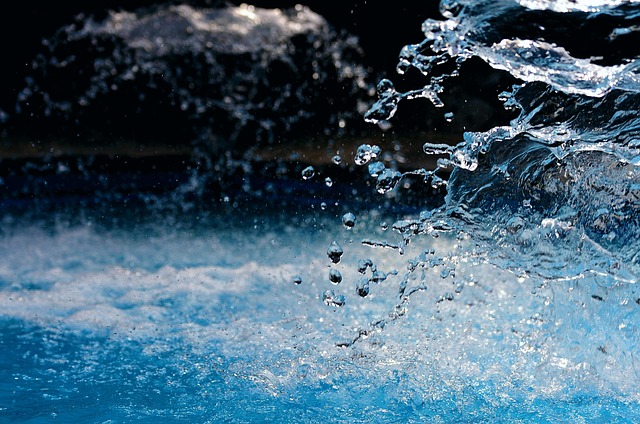Regularly cleaning faucet aerators is crucial to combat low water pressure caused by mineral buildup and debris. Soak aerators in vinegar for stubborn deposits, then reassemble for smooth water flow. Prevent future issues by maintaining optimal plumbing health through simple, routine aerator care.
Are you tired of struggling with low water pressure from your faucets? It could be a simple issue of clogged aerators. This article guides you through understanding and addressing this common problem. We’ll explore the root causes of low water flow, including identifying blockages in your faucet’s aerators. Learn effective cleaning techniques to restore optimal water pressure, ensuring a steady and powerful stream every time you turn on the tap.
- Understanding Low Water Pressure in Faucets
- Identifying Common Causes of Blockages
- Effective Cleaning Techniques for Aerators
Understanding Low Water Pressure in Faucets

Low water pressure in faucets is a common issue that can significantly impact your daily routine, from a simple handwashing to preparing a cup of coffee. It’s often caused by blockages within the faucet’s aerator, the device responsible for mixing air with water to produce a steady flow. Over time, mineral deposits, dirt, or debris can accumulate inside the aerator, restricting water flow and resulting in reduced pressure. Regularly cleaning these aerators is an effective way to maintain optimal water pressure and ensure your faucets function at their best.
Identifying Common Causes of Blockages

Faucet aerators, despite their seemingly simple purpose, can often be the culprit behind unexpected low water pressure in your home. Identifying blockages early is key to maintaining optimal plumbing health. Common causes range from mineral buildup, especially in areas with hard water, to small debris like hair or lint that can accumulate over time. Even scale from water softeners can contribute to clogs, restricting water flow and leading to decreased pressure at the faucet. Regular cleaning, usually a simple process involving unscrewing the aerator and using hot water or vinegar to dislodge any buildup, is an effective preventative measure.
Effective Cleaning Techniques for Aerators

Maintaining proper water flow and preventing low water pressure starts with regularly cleaning your faucet aerators. Start by removing the aerator using a wrench or pliers, then disassemble any removable parts to inspect for buildup. Use a needle-nose plier to carefully remove any stubborn debris trapped within the aerator’s mesh or disk components. For tougher cases, try soaking the aerator in white vinegar for 30 minutes before cleaning to soften and dissolve mineral deposits. Once clean, reassemble and reinstall the aerator, ensuring it’s secure and properly aligned for optimal water flow.
